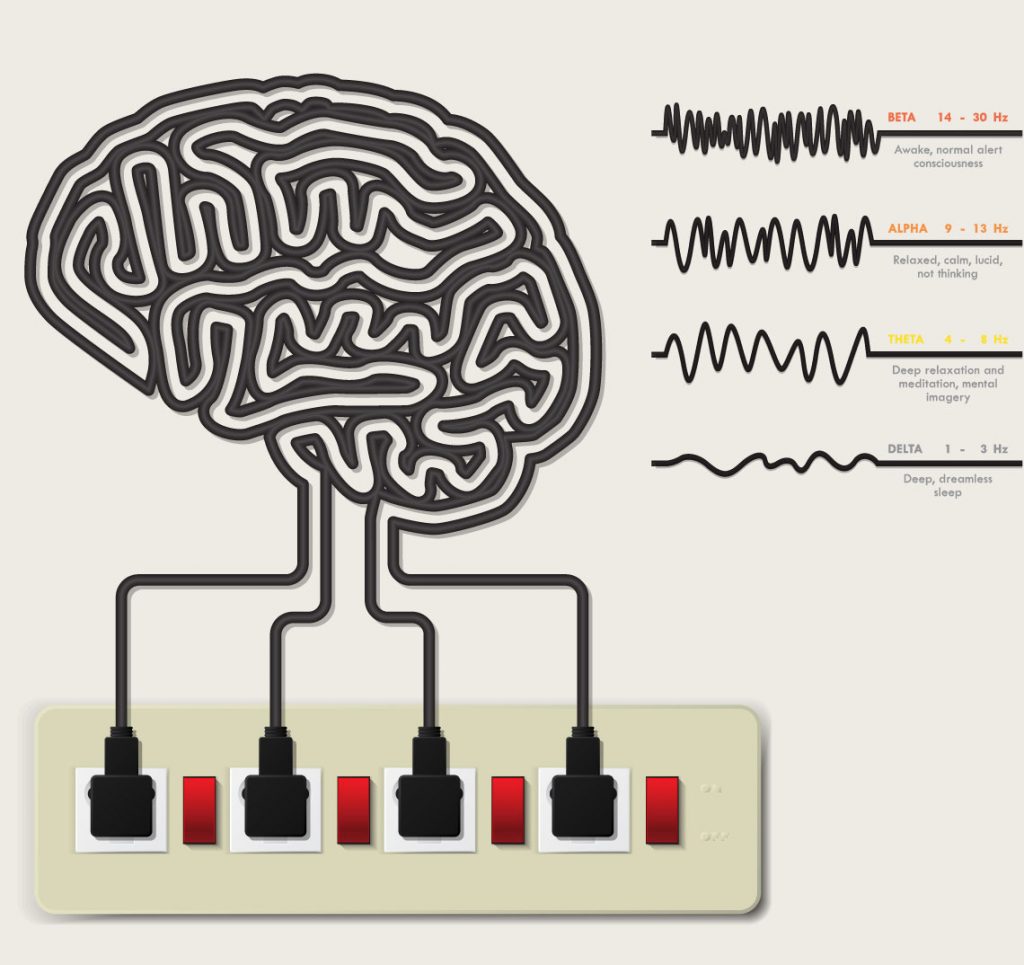How We Collect & Learn From Brainwaves

How do I start with neurofeedback?
A comprehensive assessment is where neurofeedback therapy begins. The assessment allows providers to determine whether a client’s brainwave patterns are different from normal. Based on your brain map results, we then create a restorative plan of care. Each assessment provides the provider with neurofeedback training protocols. These protocols are designed to retrain the brainwave patterns towards normal. The result of rebalancing these brain waves restores health, healing and functionality for lasting results.
Read Your Mind
During neurofeedback sessions, providers are actually able to identify abnormal brainwaves.
What Does it Mean – Slow, Idle, Fast?
Slow Processing
The brain produces consistently higher magnitudes of delta and theta waves when it is in a slow processing state such as when it is relaxed or in deep sleep. Delta represents the slowest processing speed. Delta frequency is 1-4Hz, while theta frequency is 4-7Hz. Theta waves are produced consistently during deep relaxation.
Idle Processing
The brain produces consistently higher magnitudes of alpha waves when the brain is in an idle state. This is why alpha is sometimes referred to as the idle brainwave. Alpha represents a slightly faster processing speed (8-12Hz). When the brain is healthy and well regulated, it produces more alpha waves on the right than on the left side.
Fast Processing
The brain produces consistently higher magnitudes of beta waves when the brain is externally focused, alert, involved in critical reasoning, thought and concentration. Beta represents the fastest processing speed (12-30Hz) and when the brain is well regulated, it produces more beta waves on the left than on the right side.
Understand Your Brain
Understand the symptoms that may be associated with specific brainwave imbalances.
